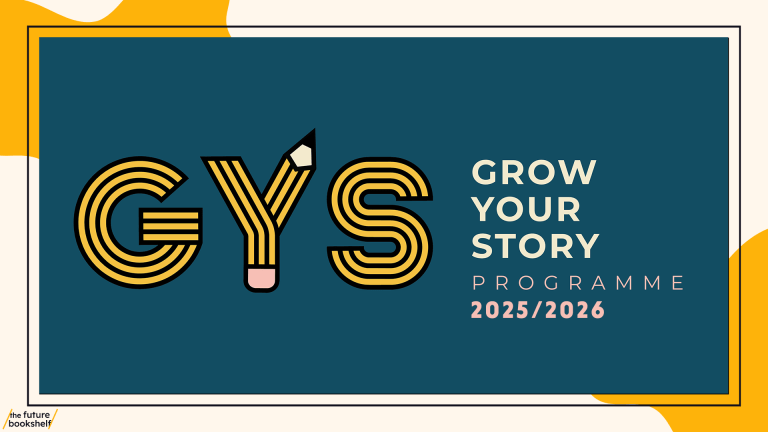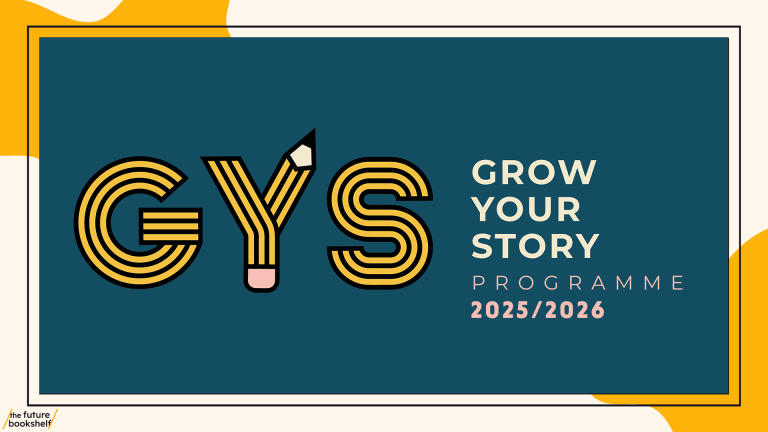‘How To Find an Agent’
‘Choose your agent carefully and get your submission right’
Adapted from Get Started in Writing Young Adult Fiction by Juliet Mushens
How to find an agent
The best way to find a list of all agents currently working in the UK is to invest in a copy of The Writers’ and Artists’ Yearbook. Read through that and make a big list of every agency or agent who represents fiction in your genre. Most agencies will have at least one agent there who represents your genre of choice, but make sure that, if they say – for example – ‘We do not accept YA submissions’, you do not put them down on your list for a YA submission, as that would be a rather pointless exercise.
Once you have that list, you need to get online and research those agents. In the past it was difficult to find out anything about agents or agencies. Agents were mysterious beings, in ivory towers, who had little or no interest in unpublished writers. Nowadays, however, you will find that most – if not all – agencies have a substantial web presence. It is fairly easy to find profiles of agents, their likes and dislikes, a client list, and their submission guidelines. Some agents go above and beyond this and will give interviews online or have their own blogs or Twitter accounts. You need to research every agent or agency on your shortlist online. You might well rule some out at this stage.
Key idea
Sometimes the younger agent with the smaller list of clients is the best person to submit your book to at an agency. They have more time and inclination to seek out new talent and will be actively looking for clients. Look out for the words ‘looking to build my list’ – that is the kind of agent you should be submitting your book to, rather than the CEO who is unlikely to have time to look at your work.
Snapshot
Research five agents from your long wish list. Write a profile of each, including at least five clients they represent, what they are particularly eager to represent, and what their submission guidelines are. Write a line about each, explaining why you think your book would be a good fit for them and for their interests.
Submission guidelines
Every agency has similar guidelines, but it is still important to make sure that you are sending them exactly what they ask for. In a world where some agents get 1,000 submissions a month, you do not want to fall at the first hurdle.
Some of the common mistakes I see in submissions are:
- sending me genres I do not represent. I reject those immediately.
- sending me a letter and no sample material. I reject those immediately.
- sending me links to download your material. I reject those immediately.
That probably seems unnecessarily harsh but the reality is that I receive 600 submissions a month and I need to read and respond to those as quickly as possible. If 50 people a month send me a submission with no sample material attached, and I have to respond to each one saying ‘Here are my guidelines: please send me three sample chapters’, then it eats into time that I could have spent reading submissions by people who have actually done their homework. I never click on links in submissions because you have no way of knowing what you are about to click on. My submission guidelines are laid out clearly in at least three separate places on our company website. If you cannot spare the time to read and follow them, why should I spare the time to read and respond to you? You need to think like a professional, and set your work apart from your competitors’.
Focus point
Do not make the mistake of presuming that the rules do not apply to you. The rules apply to everyone. Following guidelines makes my life a lot easier, and means that you know from the start that you are setting yourself apart from some of the other people in my inbox.
Most agencies nowadays will accept online submissions rather than physical submissions, but make sure to check this before you start submitting. I only accept online submissions, so whenever I receive a pile of paper in an envelope I am afraid it goes in the bin, unread. At my former agency we only accepted physical submissions, and the process of typing up and signing a letter on headed paper, of trying to find the SAE to send back the material, or weighing and franking and posting… It was a lot of work. As an agent I have a lot of paperwork in my office, and I find online files are much easier to keep track of. I flag a submission when it comes into my inbox, and then I move it into a separate ‘Submissions’ folder, and tick it off as read once I have responded.
Make sure that you read and write down the submission guidelines of each agency you have researched. At this stage, you should try to create a shortlist of 10–15 agents that you think would be a good fit for your manuscript. Make sure that you note what they are looking for – in submissions, their other clients, and their submission guidelines – in a separate file. When I come to submit manuscripts to editors, I make a spreadsheet of editor name, company, date submitted, and response. I advise all writers to do the same. It allows you to ensure that you have sent to the right people, that you don’t send to the same person more than once, and allows you to keep track of where you are in the process.
Key idea
Some people will tell you to send to only one agent at a time, but I think that this is a bad idea. It can take some agents three months to respond, and you would spend several years sending your manuscript out on this basis. A better method, in my opinion, is to send it out to batches of five to eight agents at a time. Some of those first five might have useful feedback, and if they do you can then edit the manuscript before sending it out to the next five.
The submission package
What most agents ask for in submissions is a cover letter, a synopsis, and the first three chapters (or approximately the first 50 pages) of the book. It is important to get this stage right, but not to obsess over every tiny detail. For example, no one ever got rejected because they used Arial rather than Times New Roman. Treat this like you would a professional application for a job and you will be on the right lines.




